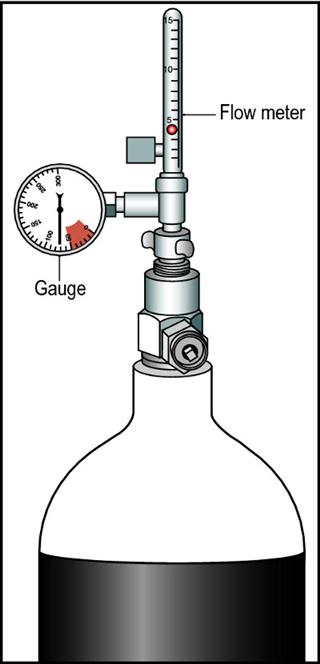oxygen delivery devices and flow rates uk
The of oxygen delivery depends on the flow rate and the delivery device. Give oxygen therapy in a way which prevents excessive CO 2 accumulation - ie.

Oxygen Administration What Is The Best Choice Rt
The respiratory rate was increased and its effect on the oxygen concentration assessed.

. 200969111 Bailey P Thomsen GE Spuhler VJ et alCrit Care MedJan2007351139145. With this model we tested a series of devices - variable performance fixed performance and high flow - at two fixed tidal volumes. 1 to 6 liters.
Step up from nasal cannula but doesnt deliver specific of oxygen like venturi. Higher flows 4 Lmin make it uncomfortable for the patient. 26Lmin gives approx 2450 FIO2.
Selection of the appropriate flow rate and delivery device. Lmin 1 Resultant oxygen concentration. Deliver oxygen to paents.
Adapters deliver set amounts of FiO2 at 24 to 60. Oxygen delivery device Oxygen flow rate. Per minute will deliver approximately 24.
Oxygen delivery by TTOC bypasses the anatomical dead space in the upper airways and mouth allowing oxygen to pass directly into the trachea. The nasal cannula is a device that has two prongs that are placed in the patients nostrils and deliver oxygen at flow rates of 1 to 6 liters per minute. It is NOT the Lmin stated on the venturi that is delivered to the patient.
Low flow device Most common device used for mild hypoxia Can be set between 1 and 6 LPM 24 to 40 FiO2 FiO2 increases approximately 4 with each liter of O2 KorupoluR GJ Needham DMContemporary CriticalCare. When warmed and humidified high flow. Only goes up to 60 FIo2 so not for patients who have significantly high oxygen demands bulky.
High-flow oxygen therapy for spontaneously breathing patients. Variable performance systems such as the Hudson mask deliver a significantly reduced oxygen concentration at high respiratory. Depending on a patients inspiratory effort tidal volume speed of inspiration and respiratory rate the PIFR can often exceed the flow rate at which oxygen or an oxygenair mixture is supplied by the device meaning that at the time of PIFR.
High-flow oxygen therapy is applied with a special binasal high-flow nasal cannula HFNC and a heated inspiratory breathing circuit. These devices deliver a variable inspired oxygen concentration to the patient which depends on the PIFR. Reduce the work of breathing.
Reservoir cannula As mentioned previously reservoir cannulas improve the efficiency of oxygen delivery saving two to four times the oxygen delivered via continuous flow. Pure Oxygen Supply Equipment In Small Medium Canisters For Home Travel. Simple oxygen face masks are single patient use and are low-flow masks which entrain the air from the atmosphere and are.
2 to 15 Lmin. Oxygen delivery devices and flow rates should be adjusted to keep the oxygen saturation in the target range. Nasal cannula Simple plastic tubing prongs with an over the ear adjustments.
Oxygen flow through a TTOC ranges between 05 and 4 Lmin 1. Nasal cannulae Teleflex Medica 1. 1L 24 2L 28 3L 32 4L 36 5L 40 6L 44.
Delivers unpredictable oxygen concentrations between 22-35 that vary with flow rate and respiratory pattern and rate. Sizing available for adults children and infants. Oxygen delivery solutions vary in flow rates and pressure and it is important to ensure compatibility among the various components of the respiratory care system.
Use for non-acute ward use or if mildly hypoxic. It is used for the application of heated and humidified blended air and oxygen at high flow rates typically set between 30 lmin and 50 lmin. Different oxygen delivery devices to ensure oxygen is delivered safely.
Oxygen delivery devices and flow rates should be adjusted to keep the oxygen saturation in the target range. Oxygen use has extended from inpatient to outpatient settings for patients with chronic pulmonary diseases and complications of hypoxaemia. OXYGEN SUPPLY IN HIGH-INCOME COUNTRIES.
Hudson mask Teleflex Medical 56. Low flow O2 delivery device 05-6 Lmin. Simple Oxygen Face mask.
Ad Boost Your Energy Oxygen Supply at Home with a Natural Solution to Pollution Fatigue. Monitoring and maintenance of target saturation Oxygen saturation and delivery system including flow rate should be recorded on the patients monitoring chart. Flow 5ltmin is less tolerated due to flow jet in nasal cavity 1 - 24 2 - 28 3 - 32 4 - 36 5 - 40 6 - 44.
Devices ventilators and other tools essential for intubation. Flow rates of 2-4 litresmin are normally used. Where there is a risk of carbon dioxide retention target 88-92 start oxygen therapy using a 28 Venturi device and mask.
This article presents an overview of oxygen devices oxygen concentrators compressed gas cylinders and liquid oxygen and delivery systems high- and low-flow. 1-2 with every increase in o2 flow per litre. The type of delivery device you choose to use.
Can be used in patients with stable Type II respiratory failure. Oxygen saturation and delivery system including flow rate should be recorded on the patients monitoring chart. Nasal cannula Delivers 24-30.
Ensure adequate clearance of secretions and limit the adverse events of hypothermia and insensible water loss by use of optimal humidification dependent on mode of oxygen. High-flow warmed and humidified nasal oxygen For patients who need higher concentrations of oxygen at flow rates of 10-40 liters per minute. Hudson Nonrebreather Teleflex Medical 1012 80100.
Designed to entrain a set amount of O2 and air which combine to produce a set flow of O2 the stated on the venturi. Prompt clinical assessment is required if oxygen therapy needs to be initiated or increased due to a falling saturation level. FIO2 depends on oxygen flow and paents minute volume and inspiratory flow and paern of breathing.
Delivery to the paent. Hudson mask Delivers 30-40. Recommended in the Guideline as suitable for most paBents with both type I and II respiratory failure.
Ensure delivery device is connected via tubing to oxygen supply and turned on to the appropriate flow rate if cylinder check fill level of cylinder and be aware of duration time. Can delivery precise and dependable FiO2.

High Flow Noninvasive Ventilation And Awake Nonintubation Proning In Patients With Coronavirus Disease 2019 With Respiratory Failure Chest
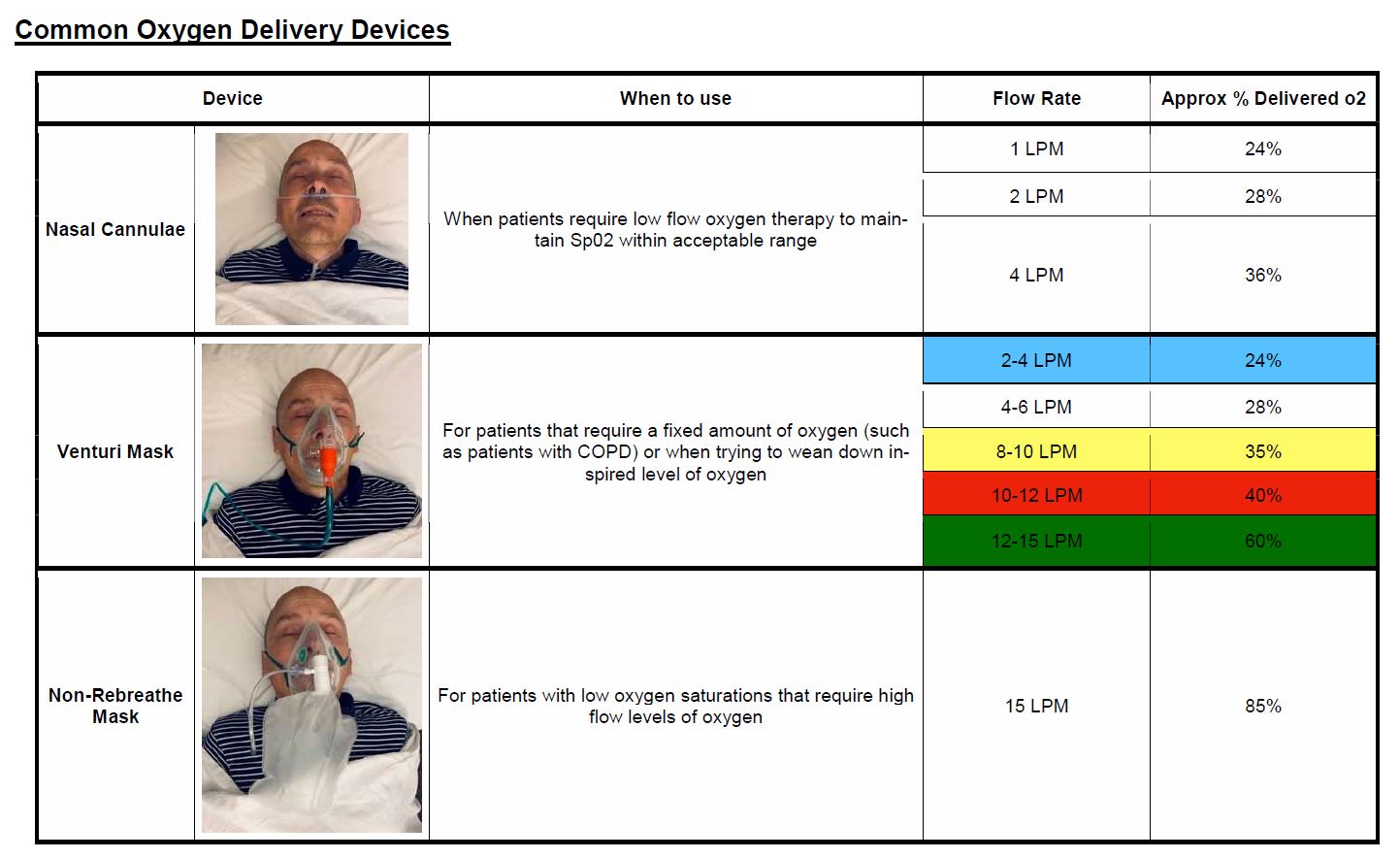
Medical Gases In Ed Rcemlearning
Oxygen Prescribing And Administration In Adults
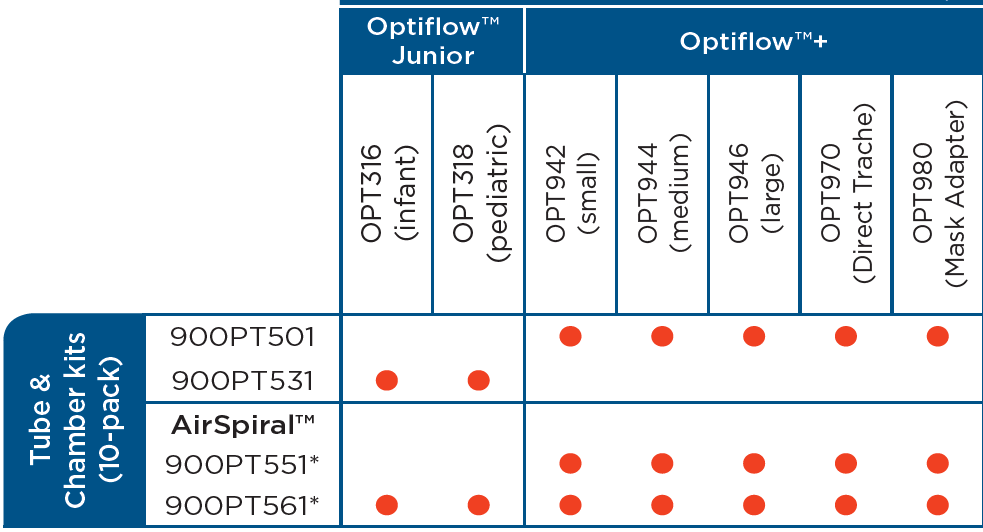
Clinical Guidelines Nursing Oxygen Delivery

Oxygen Delivery Devices Ati Flashcards Quizlet

Nurs 4705 Week 5 Methods Of Oxygen Delivery And Noninvasive Positive Pressure Ventilation Flashcards Quizlet

Types And Characteristics Of Oxygen Delivery Devices Download Table

Covid 19 And O2 Therapy Initial Prehospital Approach In Mild Symptomatic Patients Medest
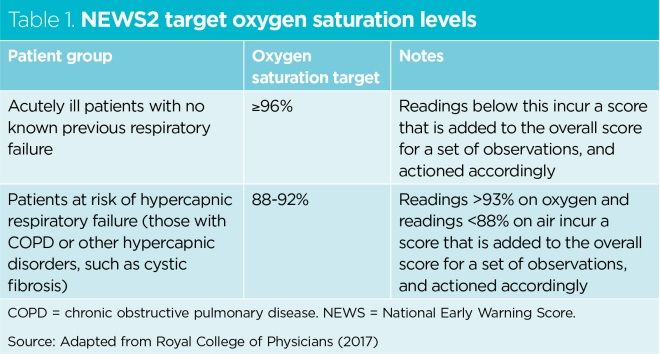
Ensuring The Safe Use Of Emergency Oxygen Therapy In Acutely Ill Patients Nursing Times

Oxygen Delivery Devices Chapter 10 Diagram Quizlet
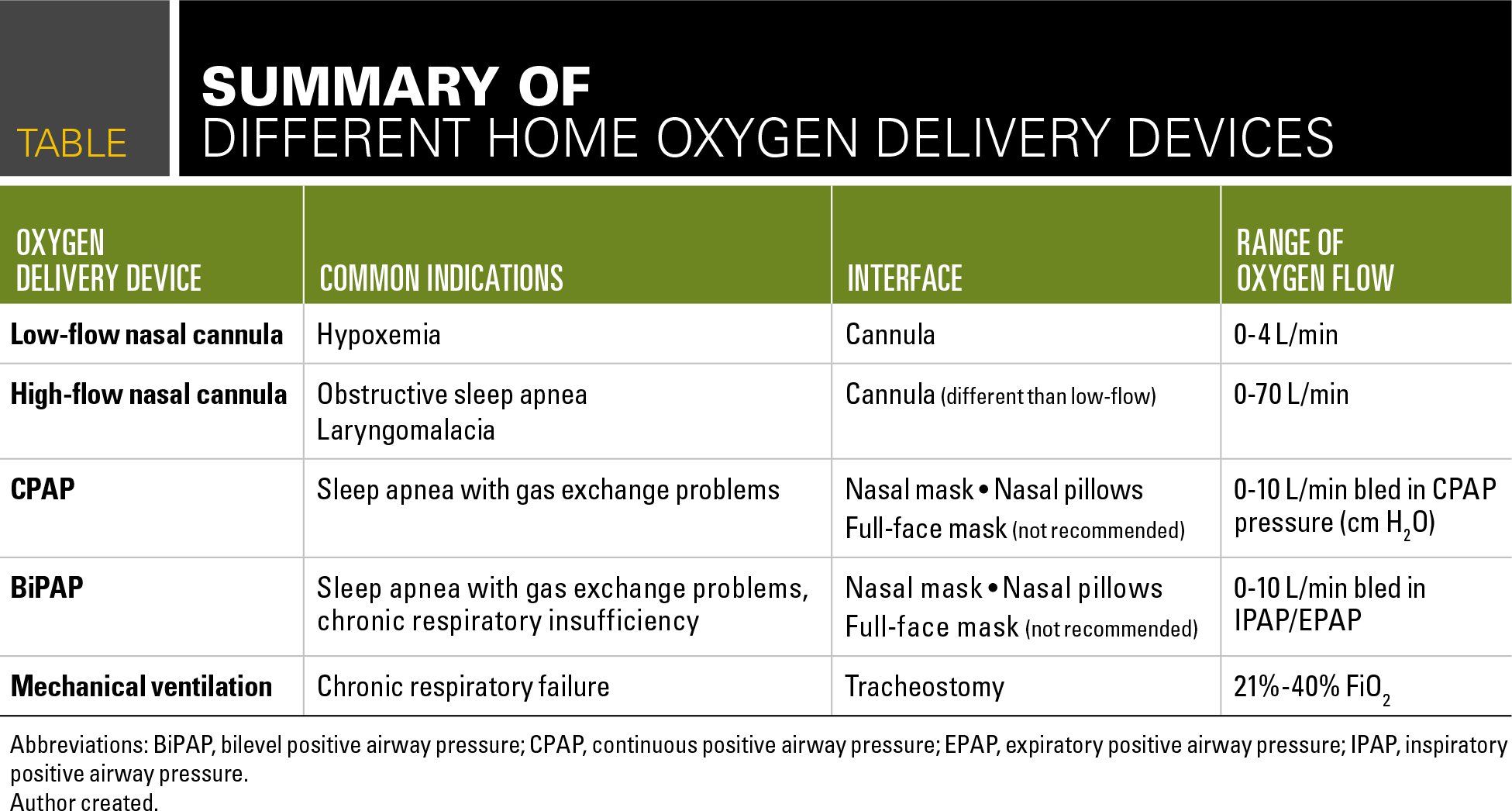
Oxygen Delivery In The Home Setting
Mitchell Home Medical Referral Help


